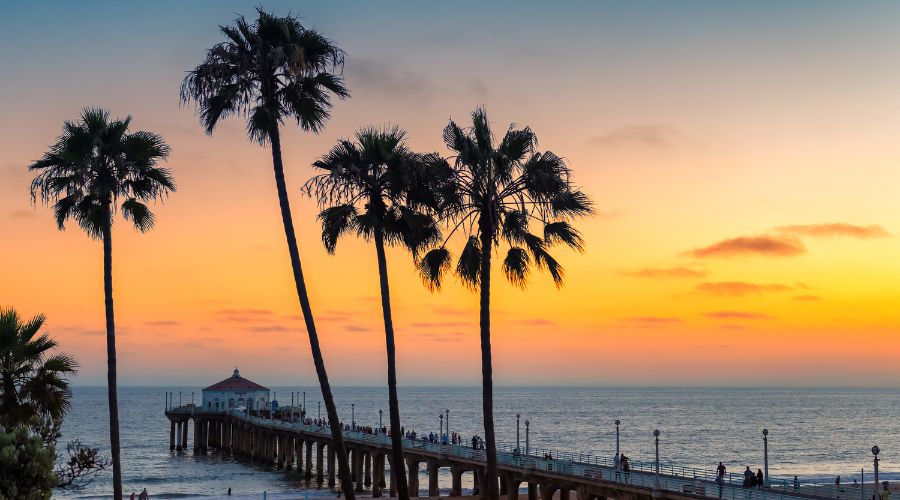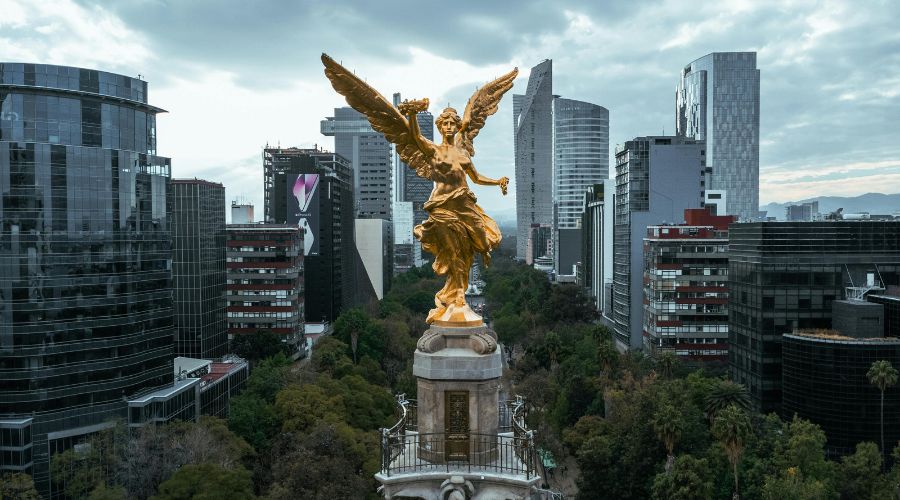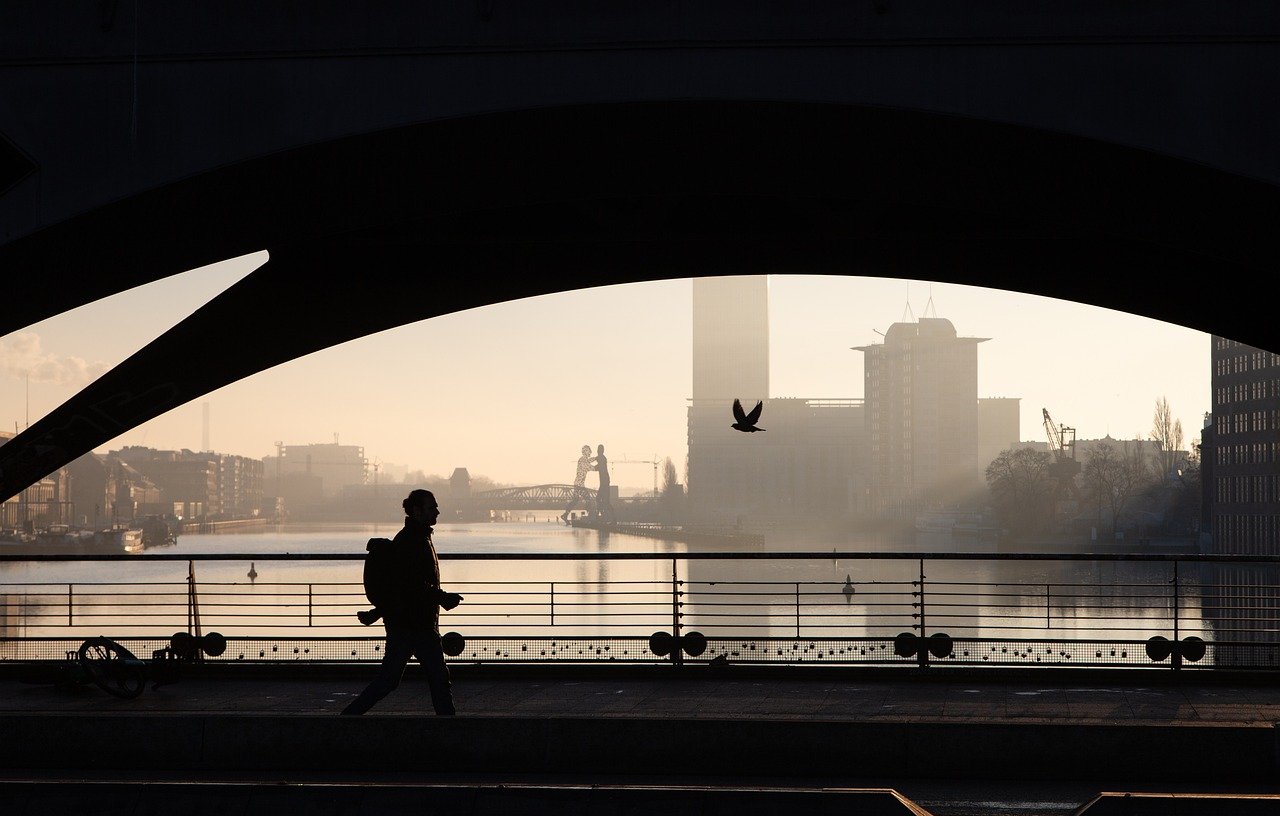There’s something about Los Angeles that captures the imagination, and hearts, of millions of travelers each year–a perfect cocktail of sunshine, celebrity allure, vibrant neighborhoods, and stunning beaches. One of America’s most iconic spots, the City of Angels puts on quite the show from hollywood glitz to the pockets of craftiness downtown. But here’s the thing. This city isn’t just servicing its guests with wonderful memories; it’s an important economic powerhouse for Southern California.
Exploring the Entertainment Capital of the World
Los Angeles boasts with full right to the name of the Entertainment Capital of the World and carries this heavy title for many years, as indisputable center of cultural dominance and Hollywood glitz. Visitors are attracted to landmarks such as the Hollywood Walk of Fame where more than 2,700 brass stars are embedded in tribute to icons of the entertainment world. The famous Hollywood sign is a lineal descendant of advertising material created in 1923 as ‘Hollywoodland’ for promotional purposes, and this sign now serves as one of the visual icons of American popular culture.” “But beneath these traditional tourist sites are genuine meetings with magic: real, working studios.
Universal Studios Hollywood is now said to have been able to give its visitors an experience quite close to that of actors — actual guided tours through soundstages or backlots of the actual places that have starred in many other productions, based on a hit movie-theme park. Warner Bros. Studio Tour Hollywood gives one an experience — an excursion through soundstages and backlots wherein many productions have come into being.” A movie lovers’ paradise is what the Academy Museum of Motion Pictures is all about an in-depth journey through the history of cinema relentless and unprecedented exhibitions and a precious collection of movie gems.
Los Angeles has been lucky enough to enjoy the coast for 75 miles, but it is also the beaches that have created multiple cultural phenomena in themselves. Santa Monica Beach brings its renowned pier and amusement park, very Californian in charm, with a Ferris wheel offering breathtaking views out over the ocean. The Marvin Braude Bike Trail winds its way along 22 miles known as The Strand, running from Pacific Palisades to Torrance, knitting together an opportunity to experience some of the most beautiful beaches and wonderful coastal ways anywhere within the city.
Venice Beach’s lively Venice vibe provides a counter-culture center where world-famous boardwalk, outdoor muscle gym and street performer hodge-podge adds to the mystery. Comparatively inexpensive by California standards, Venice provides a little patch of grass in its city park and an expansive beach about another attraction. The South Bay offers much to recommend it, including fine surfing, great beach volleyball venues, and downtown districts lined with boutiques and dining locales that boast a coastally “flavored” theme.
The canals of Venice are a serene retreat, carefully crafted in 1905 to mimic Venice, Italy. For the connoisseur of luxury, Malibu may well be the jewel: 21 miles of scenic Shoreline, featuring everything from pristine beaches like Zuma and Surfrider to dramatic rock formations like El Matador. The city is unique in that it is dominated by celebrity residences, while restaurants such as Nobu Malibu provide quite amazing tantalizing just a few steps from an open-throated panoramic outlook over the Pacific Ocean.
World-class Museums and Cultural Attractions Los Angeles stands among the world’s finest in terms of its museums, offering a collection that would rival any most global city. Perched at the peaks of the Santa Monica Mountains, the Getty Centre provides a lavish elevation of European masterpieces and decorative arts in an architecturally superb setting, with views across miles and miles of vistas to the horizons. The sister venue in Pacific Palisades, the Getty Villa dedicates itself to the ancient marvels of Greece, Rome, and Etruria.

Within downtown’s cultural corridor core, one finds The Broad’s honeycomb architecture of contemporary masterpieces, and the Museum of Contemporary Art (MOCA). Not far away is Walt Disney Concert Hall, one of architect Frank Gehry’s shimmering stainless steel wizardries that houses the Los Angeles Philharmonic.
Taking claim as the largest art museum in the western United States, Los Angeles County Museum of Art (LACMA) exhibits an eclectic collection of more than 147,000 works representing all epochs. The Urban Light installation, which includes 202 restored street lamps, is one of the most photographed marvels in the city. For science enthusiasts, the California Science Center in Exposition Park displays the Space Shuttle Endeavor while adjacent to the Natural History Museum; one of the world’s largest natural and cultural history collections is tucked away.
Perched on Mount Hollywood, Griffith Observatory serves up outstanding views—of the cosmos through its telescopes and of the Los Angeles basin itself. Diverse Neighborhoods and Cultural Experiences One of Los Angeles’ greatest assets is its patchwork of diverse neighborhoods, each with its unique character and cultural bites. Authentic Koreatown has more Korean people than anywhere outside Korea proper so that’s authentic Korean barbecue, raucous karaoke joints, and traditional spas. Little Tokyo provides food and cultural activities of the Japanese people, with such attractions as the Japanese American National Museum – one of three official Japantowns in the country, located in Los Angeles Historic Olvera Street commemorates Mexico’s place as the birthplace of the city of Los Angeles, with traditional architecture and New Year’s celebrations in nearby Chinatown Historic Filipinotown preserves the Filipino American heritage, while Thai Town, in East Hollywood, is the only officially designated Thai enclave in the United States
Above and beyond these cultural cores, places like Silver Lake and Echo Park have taken on new identities as vibrant neighborhoods with lots of small cafes and old shops, as well as a strong music scene. Downtown Los Angeles is undergoing perhaps the most impressive renaissance — with numerous adaptive reuse projects seamlessly transforming yesterday’s buildings into modern lofts, boutique hotels, and celebrated restaurants.
The Arts District looks somewhat like the bustling Fashion District, a center for both wholesale and retail business; it is filled with galleries breweries creative spaces shops and more.
Tourism is one of the leading important economic engines in Los Angeles because it generates huge amounts of revenue not only in that region but brings along with it sustains employment for many people across that region quite significantly.
So it can be said that there was a direct contribution to the local economy about $23.9 billion from this sector in 2018 within total effects pushing up to $36.6 billion when induced indirect expenditure is included. This prosperous tourism sector highlights the livelihoods of hundreds of thousands in hotels, restaurants, attractions, and related businesses.
Looking to the horizon, it is forecast that Los Angeles will have more than 70 million visitors per year by 2030. In this way, more than 400,000 additional jobs could be created along with over a billion dollars in annual tax revenue. This economic lifeline reaches far beyond just direct tourism-related business establishments and branches out as far as grocery stores to construction companies.
Airport infrastructure is very important for international travellers visiting Los Angeles; notably, it is Los Angeles International Airport (LAX). $14 billion worth modernisation plans are currently in progress to improve visitor experience and accommodate increasing numbers. Meanwhile, metro rail expansion — the LAX link expected to be ready by 2028 Olympics — would further ease their transport woes, too.

The Los Angeles City Tourism Department manages a concerted strategy that aligns growth in tourism with benefits to both visitors and residents. This is articulated in the Tourism Master Plan of the city; it elaborates on sustainable development, and high-level visitor experience, and event readiness for large events like the newly bid 2028 Olympic/Paralympic Games. The plan also tries to spread tourism’s benefits into many different neighborhoods — therefore balancing out its impact on local communities.
More initiatives involving sustainability are centered now more than ever before in tourist plans of Los Angeles. Most hotels engaged in water conservation have moved plus adopted energy-efficient systems as elements of greener practices.
The LA Convention Center has been certified under LEED Gold for environmentally sensitive operations, additions to the expanding Metro public transport system help reduce carbon emissions from the tourism sector. The city is also working on developing more sincere, community-based tourism experiences that open up economic opportunities for local small businesses and showcase the real diversity of its neighborhoods. Programs which connect visitors with local guides and small businesses create a wider community benefit from tourism dollars beyond the traditional tourist hotspots.
Los Angeles has risen as one of the most exciting places in the world for good food today serving everything from Michelin-starred establishments to favorite street food vendors. The city’s cosmopolitan population produces an extraordinary amalgamation of cuisines there are offerings available from almost every corner of the world! Los Angeles particularly excels in regional Mexican cuisine, Korean barbecue, Thai food, and the innovative fusion fare that is a hallmark of California’s fresh approach. Grand Central Market has been a part of life in downtown since 1917 and embodies the city’s gastronomic spirit with its vendors offering a bounty of edible delights from coffees to pasta to pupusas.
The Original Farmers Market has been addressing the needs of discriminating food lovers since 1934 at the intersection of Third and Fairfax. Newer culinary outposts like Smorgasburg LA highlight entrepreneurs at the cutting edge in the food business.
Among celebrity chefs who have carved out strongholds in Los Angeles are Wolfgang Puck, Nancy Silverton, and Roy Choi; large numbers of immigrant families run neighborhood eateries that have become local institutionsthree Another point is that the city’s perennial access to excellent produce from the farms of Southern California accords chefs the opportunity to craft fresh, seasonal menus highlighting the region’s strong agricultural heritage.
Los Angeles continues to draw visitors from all over the world with a very special mix of entertainment history, cultural diversity, natural beauty, and urban excitement. In this way, tourism remains one of the main pillars that support local economic development through strategic plans that make sure there will be readiness to receive guests not just in this generation but for many generations to come while maintaining what is special about Los Angeles.

